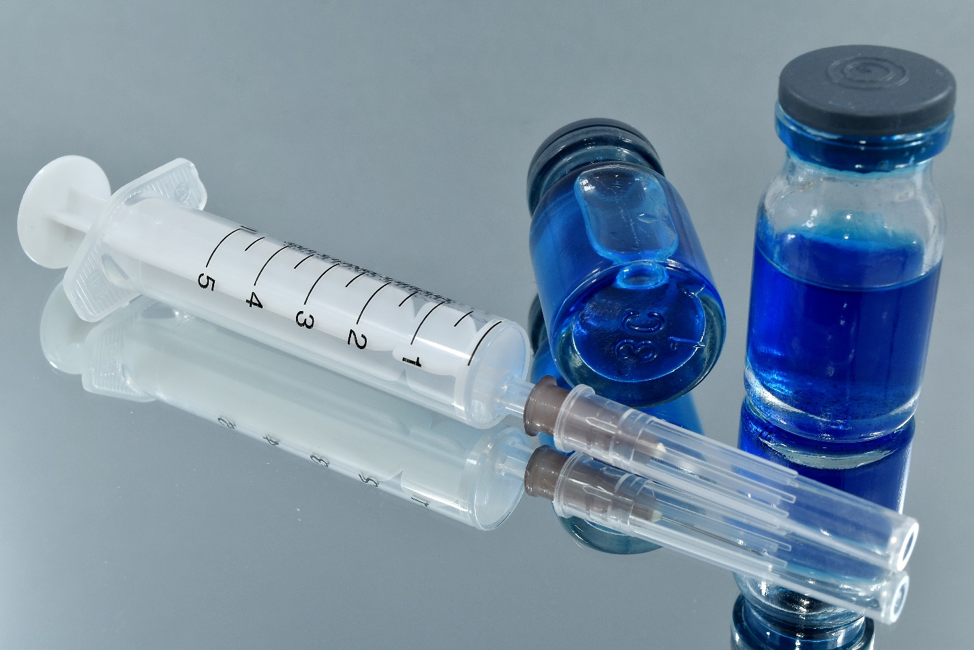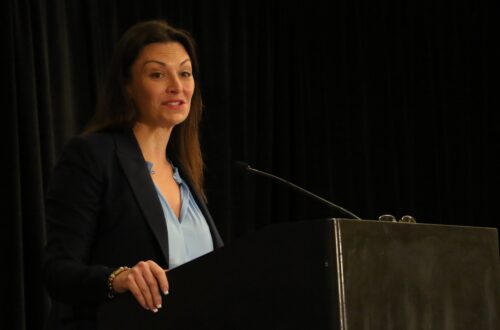Frontline health workers, first responders, residents and staff of long-term care facilities and individuals 65 years of age and older are among the first groups outlined to receive the COVID-19 vaccine upon availability, according to the state’s Oct. 23 draft of a vaccination plan. Florida’s phased approach to a COVID-19 vaccination aims to prioritize these aforementioned groups.
As of Nov. 15, the total reported cases in Florida amount to 875,088 with a 45% increase in average cases from two weeks prior. Although a vaccine is currently unavailable, states had to file their vaccination plans to the Centers for Disease Control and Prevention by Oct. 16.
Florida is a state that withholds the White House Coronavirus Task Force reports from the public. The report obtained by the Orlando Sentinel indicates that COVID-19 cases in several counties are increasing.
Florida Department of Health’s draft plan contains 51 pages divided into 15 sections explaining a preparedness plan, critical populations, provider recruitment and enrollment, vaccine allocation, storage and safety monitoring.
“It’s important to recognize that these plans are flexible because things may change as we learn more about which vaccines become available, in what amounts and when,” said Dr. Jay Butler, deputy director for infectious diseases at the CDC in a press call with the Orlando Sentinel.
A limited supply is the justification for the state’s phased approach, allowing high-risk populations to access the vaccine first.
The Florida Department of Health approaches the COVID-19 vaccination similarly to the integrated planning structure of the H1N1 pandemic, influenza vaccinations and Hepatitis A vaccination program. By the end of January, the Department of Health and Human Services expects to have enough of the vaccine to be able to serve all seniors and health care personnel.
The draft plan outlines the three phases of the vaccination strategy beginning with “Phase 1: Potentially Limited Dose Availability.” Limited supply elicits an exclusive manner in which the doses will be allocated.
During Phase 1, vaccinations will be administered through closed points of dispensing. Closed POD’s are sites staffed by organizations to dispense medical countermeasures—the COVID-19 vaccine, in this case—to only specific populations while continuing operations throughout the public health emergency. Closed POD’s would include hospitals, first responders and long-term care staff and residents.
Open POD’s are located at public locations and will serve as vaccination centers in the following phases of the draft plan. Ultimately, both open and closed POD’s will dispense the COVID-19 vaccination to the public.
Although the draft plan is specific to Florida, the CDC’s COVID-19 Vaccination Program Interim Playbook for Jurisdiction Operations outlines the vital measures to be included in each state’s plan. It outlines Phase 2 as having a large number of doses available in which supply meets demand. In this phase, traditional providers of the Vaccines for Children and Vaccines for Adult programs—pediatricians, primary care doctors and pharmacies—will receive vaccine doses.
The state’s 67 county health departments are responsible for conducting a vaccine administration exercise by the deadline of Dec. 1 and will report the successes and failures of vaccine administration. Such exercises include a focus on increasing daily vaccinations, continuing social distancing and COVID-19 safety measures at vaccination sites, and broadening use of personal protective equipment. Each CHD includes an incident management team concentrated on local implementation of the statewide strategy.
It is predicted that CHDs will open public mass vaccination clinics. Equitable distribution of the vaccine is vital, so the department is likely to open clinics comparable to how COVID-19 testing was available.
Phase 2 will maintain administration methods from Phase 1, but new sites will include state managed vaccination sites, VFC and/or VFA providers, hospital open POD’s (a more inclusive POD) and CHD public mass vaccination clinics.
Phase 3 presents the scenario where there is a sufficient supply and slowing demand where the vaccine will be widely available. At this point, the state will provide the vaccine through average health care delivery systems such as commercial pharmacies.
In order to conduct this plan, CHDs need to understand the vaccine administration capacity, which “is defined as the maximum achievable vaccination throughput regardless of public demand for vaccination,” in the COVID-19 Vaccination Program Interim Playbook for Jurisdiction Operations. This also includes storage capacity and capacity to vaccinate. Surveys are currently being developed for CHDs to better understand local capacities for COVID-19 vaccine administration.
In response to the pandemic, the department is interacting with partners such as pharmacies, correctional and detention facilities, homeless shelters, community-based organizations, long-term care facilities, public safety agencies and hospitals.
An agreement with the Florida Poison Information Center Network is being established as a call center for Adverse Event Reporting. Adverse Event Reporting is necessary in the event of an apparent reaction following the administration of a drug, or in this case the COVID-19 vaccine.
Whether or not the vaccination is the suspect of the reaction, any medical complications following the vaccine must be reported and investigated.
As of now, a website is being developed for providers. The Department of Health plans to spread awareness about the vaccine using social media and press releases.
Visit riseabovecovid.org for drug trials.
Featured image: Potential vaccine vials accompanied by a needle. Unmodified public domain photo by Pixnio.
Check out other recent articles from the Florida Political Review here.





